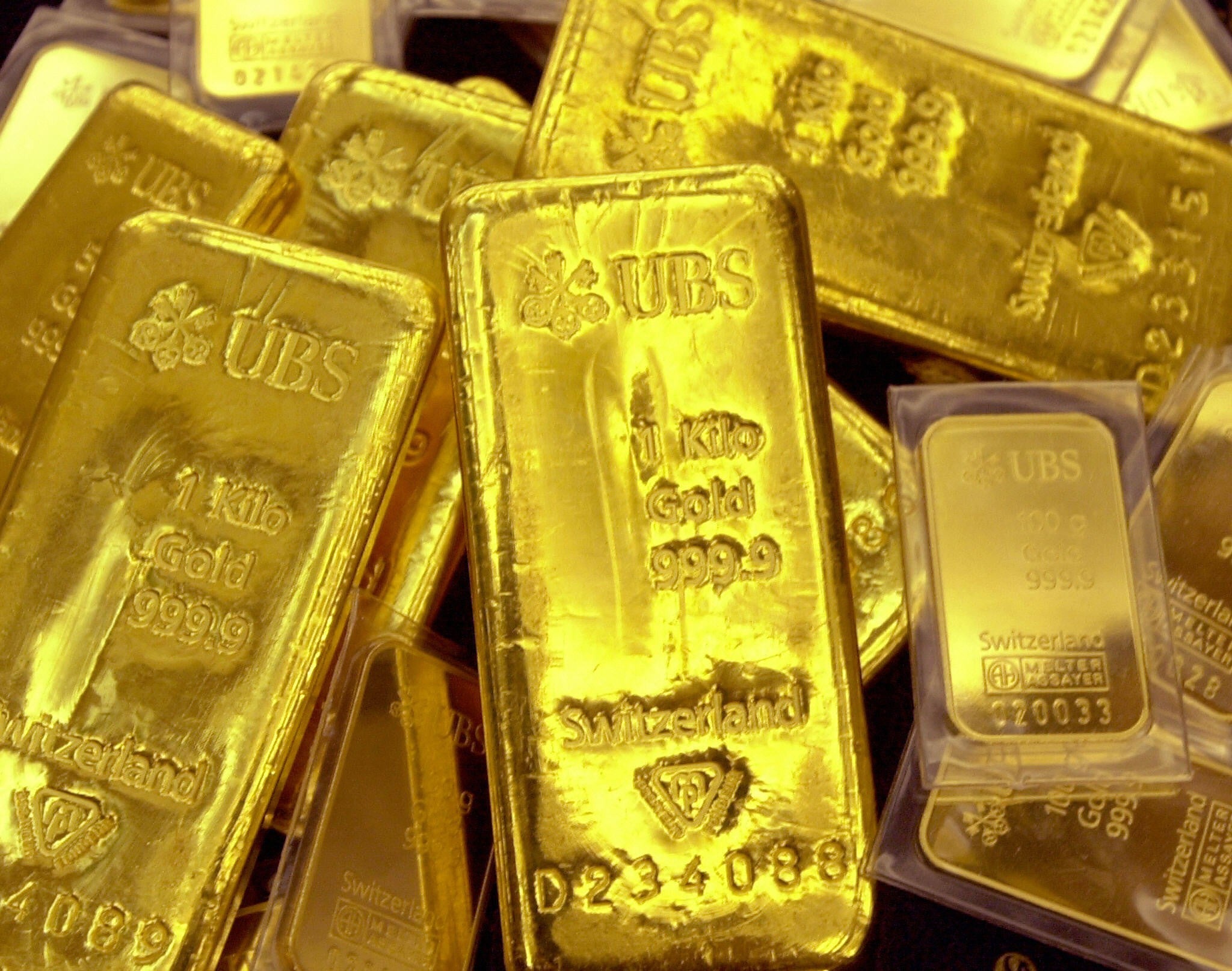Human waste could be worth millions after scientists discover microscopic gold nuggets
New findings suggest that precious metals are found in waste

US scientists may have found a way to extract gold from toxic human waste, in an process that could be worth millions of dollars.
Researchers discovered microscopic nuggets of gold, silver and platinum after examining human faeces using an electron scanner at American sewage plants.
If the findings – and subsequent extraction process – are borne out, the waste products from just one million Americans could be worth as much as $13 million, according to a recently published study in the journal Environmental Science and Technology.
The scientists hope their findings, presented at the 249th national meeting of the American Chemical Society (ACS) in Denver, may also help to limit the environmental impact of human waste.
"The gold we found was at the level of a minimal mineral deposit," lead scientist Dr Kathleen Smith said.
Aside from gold, the researchers also found traces of rare earth metals palladium and vanadium, used in mobile phone and laptop technology.
"We're interested in collecting valuable metals that could be sold, including some of the more technologically important metals, such as vanadium and copper, that are in cell phones, computers and alloys," Dr Smith told the audience.
The US Geological Survey scientist explained that after minerals pass through the human body and waste facilities, the precious metals are concentrated in ‘biosolids’.
Several million tonnes of biosolids are produced by waste treatment plants every year. Half is used as fertiliser and the rest – deemed useless – is either incinerated or discarded in landfill sites.
In a two-pronged investigation, scientists are examining removing the useful minerals for profit and those harmful minerals that prevent the waste being reused.
"If you can get rid of some of the nuisance metals that currently limit how much of these biosolids we can use on fields and forests, and at the same time recover valuable metals and other elements, that's a win-win," Dr Smith said.
The scientists are experimenting with extracting the minerals using similar a technique, involving environmentally harmful chemical called leachates, to industrial mining operations.
Additional reporting by Press Association
Subscribe to Independent Premium to bookmark this article
Want to bookmark your favourite articles and stories to read or reference later? Start your Independent Premium subscription today.

Join our commenting forum
Join thought-provoking conversations, follow other Independent readers and see their replies